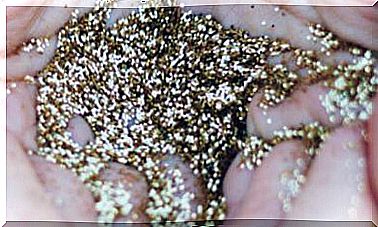And How Did You Feel Then?
For a therapeutic process to be truly beneficial, the psychologist should never induce his patients. They must be able to express themselves freely through their own words and expressions.

One of the most useful lessons I made in my training as a psychologist and therapist was not to interpret the patient’s story based on my experience or previous assumptions. In a therapeutic session, it must always be the person who expresses the emotions experienced with their own gestures and words.
Even today, in each of the sessions that I do, I keep this idea very much in mind. Given its importance, I have thought that it could be beneficial to comment on it on this blog and serve as a reflection for present and future therapists. In addition, it can also be useful for those people who are thinking of seeking psychological help, as a criterion for choosing who will accompany them in their therapeutic process.
When a person goes to therapy, they come loaded with a lifetime of experiences and learnings that have shaped their way of interpreting their particular experiences. Although there are some general guidelines, common to everyone, each one has their personal way of applying these principles and it is daring to pretend to know, a priori, the reasons why that particular person has this or that problem.
What to expect from the psychologist?
As psychologists, interpreting what the patient says according to our own theories seems to me of little use on a therapeutic level. We cannot anticipate the person’s story, what he is going to express and how to express it (verbal and non-verbal). Actually, we do not know what the person feels or how they experienced the situation in their past that they are telling us.
Phrases such as “you must have felt sad” or “that would be a great relief” are subjective interpretations of the therapist that may not correspond to reality and that, in addition, can interfere with the story, inducing emotions or points of view that may not be those of the patient.
Instead, the proper question, at all times, is “And how did you feel then?” Once the person has identified and named how they felt, we can mention that emotion and talk about it, but not before.
Even in very obvious situations, where we are clear about the emotions that the person may have experienced, it is essential that they express them in their own words and give them their particular nuances.
As an example to understand this idea of ”not interpreting”, I would like to tell you an anecdote that was, for me, a turning point when working in therapy.
Ask instead of guess
Almost 20 years ago, in one of the therapy trainings that I practice, Tania was directing a relaxation to Lucho, a Peruvian boy. At one point in his visualization, Lucho imagined himself in the middle of the desert next to a large cactus. The objective of the practice session was to detect how the boy had felt at a certain moment in his life, but Tania, a young woman from the city, not used to deserts, twisted her face and commented “how bad, right? , with so many thorns and so much heat ”.
Despite Tania’s comment, Lucho’s expression was gentle and pleasant. “On the contrary,” he replied, “the cactus is a tough and resistant plant, capable of surviving in the most extreme situations in the desert.”
Like the cactus, Lucho had overcome many difficult situations in his life and felt like a survivor. This first-hand explanation was much more real and accurate than Tania’s spontaneous comment, based on her own interpretation of what a cactus is.
Fortunately, this was a practice exercise, but in a real session, a comment of this type can influence the patient, diverting us from their real emotions and causing us to lose valuable information.
This anecdote was brief but it was a great learning for me. Whenever I have an attempt at interpretation, I remember Lucho and ask: “And how did you feel then?”









